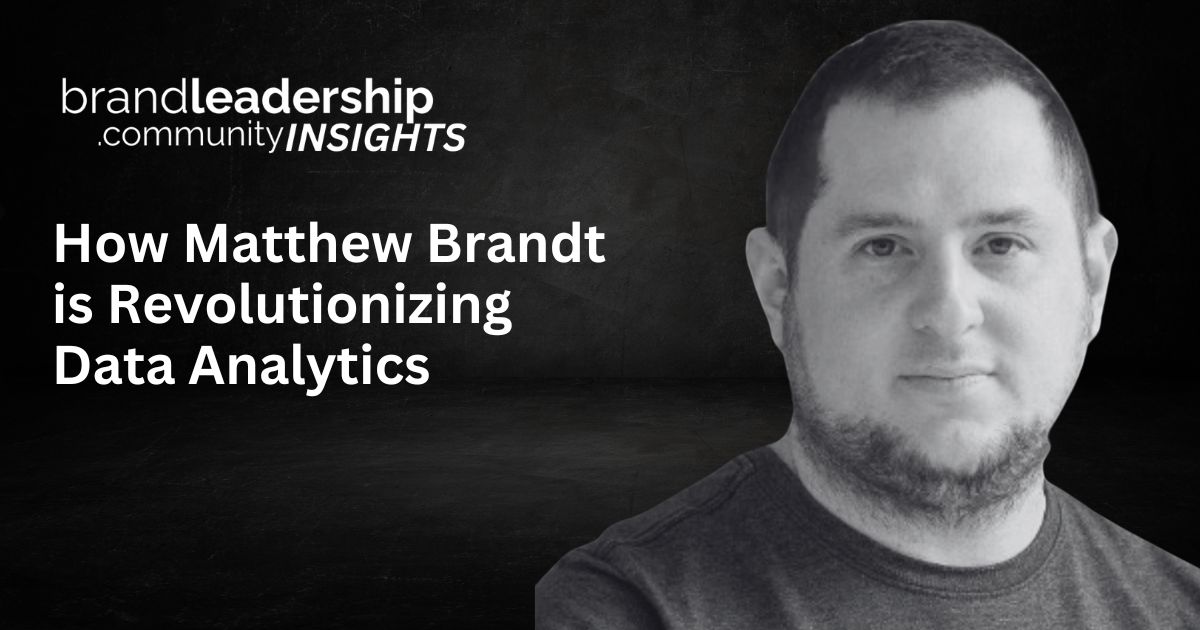Web Analytics Wednesday Copenhagen September 2024: A Night of Insights and Community
On September 25, 2024, Web Analytics Wednesday Copenhagen brought together 150 analytics professionals, industry leaders, and data enthusiasts for a night of deep insights, engaging talks, and valuable networking opportunities. Hosted by Jomar Reyes of the Brand Leadership Community and Steen Rasmussen of IIH Nordic, the event featured a diverse lineup of speakers discussing the latest trends, challenges, and innovations in digital analytics.
For the first time in 17 years, the event didn’t feature a session on Google Analytics, reflecting a shift in the analytics world towards newer, more pressing topics such as Generative AI, server-side tracking, and Customer Data Platforms (CDPs). As Steen Rasmussen noted, “GA just wasn’t that interesting or relevant to talk about right now in digital analytics.”
Generative AI: Its Challenges and Future Ethical Use
Frederik Werner from MohrStade kicked off the event with a bold discussion on Generative AI and its potential dangers. While AI is often celebrated for its technological advances, Werner highlighted its shadow side. AI’s reliance on vast amounts of data—much of it gathered without consent—poses significant ethical issues, particularly concerning intellectual property theft. “AI is based on stealing other people’s intellectual rights,” Werner pointed out, raising concerns that the open internet could eventually vanish as creators withhold content to protect their rights.
Werner predicted that AI will eventually be regulated, where ethical versions of AI would only use content that has been consented to, is copyright-checked, and is created by fairly compensated workers. This raised fascinating questions about the balance between AI innovation and the protection of creators’ rights. As Olga Zaporozhets noted, Werner’s talk gave a glimpse into a future where AI might “become more ethical and regulated,” with systems that prioritize consent and fair use.
The Psychology of Disappointment in Customer Experience
Next on stage was Michael Aagaard, renowned Conversion Rate Optimization (CRO) expert, who gave a compelling presentation on the role of disappointment aversion in shaping customer experiences. Aagaard drew from psychological theory, explaining that people feel disappointment more intensely than the satisfaction of meeting their expectations. “We feel the pain of disappointment more intensely than the joy of having our expectations met,” Aagaard explained, echoing his focus on the emotional side of user experiences.
He urged companies to shift their focus from merely satisfying customers to actively avoiding situations that could lead to disappointment. Aagaard’s insights were particularly timely for brands looking to improve their conversion rates by managing customer expectations more effectively. His advice? Rather than setting a goal of satisfied customers, aim to avoid disappointed ones. As Just Kjærgård Pedersen pointed out in his review, this is a practical yet often overlooked approach in today’s data analysis strategies.
Server-Side Tracking: Solving the Data Loss Challenge
Michael Pirker, CTO of Jentis, took the audience into the technical realm with his talk on server-side tracking. In a world where more users are blocking third-party tracking, server-side tracking has emerged as a solution to data loss. Pirker explained how users increasingly decline tracking cookies and use ad blockers, causing companies to lose critical data for understanding customer behavior. He pointed out that companies can lose up to 70% of their visits to third-party tracking—a startling figure that underscored the urgency of adopting new tracking methods.
Pirker’s presentation offered a practical solution: moving tracking to the server-side, where companies can capture user interactions without relying on third-party cookies. This approach is particularly relevant in an era of increasing privacy regulations like GDPR. His talk left many attendees, including Just Kjærgård Pedersen, considering server-side tracking as a crucial next step for their organizations.
Creativity with Customer Data Platforms (CDPs)
Iain Murphy, Managing Director of Lytics, took a creative approach to his presentation on Customer Data Platforms (CDPs). He encouraged attendees not to be limited by the traditional uses of CDPs, sharing a personal story of how he built a CDP using data from his electric car, his Google Calendar, Google Maps, and the weather forecast to optimize his car’s charging times. His point was clear: CDPs are incredibly flexible tools, and companies should experiment with how they use them.
Murphy’s talk resonated with many in the audience, including Olga Zaporozhets, who noted how his outside-the-box thinking highlighted the potential for CDPs to go beyond their typical applications. His call for creativity struck a chord with analytics professionals looking to push the boundaries of what their data platforms can do.
Pop-Up or No Pop-Up? Considering the Customer Journey
Mads-Emil Sýkora Larsen, CEO and Co-founder of BMetric, posed the simple yet significant question: “Pop-up or no pop-up?” His presentation delved into the customer journey and how it should be considered in any data analysis work. Larsen emphasized that every analysis should begin with the question: What decision are we trying to provide data for? He challenged companies to align their strategies with customer preferences, highlighting the importance of developing both channel and content strategies.
His advice was practical: If customers prefer calling, don’t push them into using chatbots. Instead, companies should seek to harmonize their approach with customer preferences. This talk resonated with analytics professionals looking to create more customer-centric experiences.
Decision-Making as a Science
Matthew Brandt, a Decision Engineer from Well Gesundheit AG, brought the discussion back to the fundamentals of decision-making. His presentation emphasized that decision-making should be treated as a science. He explained that good decision-making doesn’t always lead to good outcomes, as decisions are often made with limited information. Brandt recommended using techniques such as the 5 Whys and hypothesis-driven analysis to dig deeper into problems and avoid surface-level conclusions.
Brandt also highlighted the importance of being proactive in a company’s overall decision-making process, advising analysts not to analyze data just for the sake of it, but to play a key role in shaping the right questions to answer. As Olga Zaporozhets recounted, “Matty recommended applying agile project management to your decision-making process by anticipating and making iterative rounds around the central question.”
Choosing the Right Analytics Platform
Tommi Palasvirta, Senior Digital Analytics Engineer at IIH Nordic, closed his session with a practical approach to choosing the right analytics platform. His presentation focused on IIH’s model for selecting the best platform based on a company’s level of competence and goals. Palasvirta discussed how IIH works with platforms like GA4, Amplitude, and Piwik, each offering unique advantages based on the specific needs of the organization.
Palasvirta’s talk was particularly useful for companies navigating the increasingly crowded analytics platform landscape, offering a framework for making the best choice based on organizational objectives.
Key Takeaways
The event wrapped up with a panel discussion moderated by Robert Alexander Johnson, featuring insights from Katrine Naustdal, Tiffany De Guez, and Chrilles Wybrand. The panel highlighted the ongoing challenge of using data to drive real-world business outcomes and the art of being an analyst in today’s data-driven world.
As the night came to a close, it was clear that Web Analytics Wednesday Copenhagen 2024 had once again succeeded in bringing the analytics community together for a night of learning, sharing, and connecting. As Steen Rasmussen noted in his LinkedIn post, “What we talked most about during the event was the art of being an analyst and how data can be used to improve, make decisions, and hopefully avoid disappointments.”



















